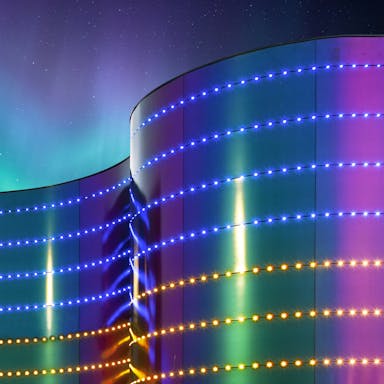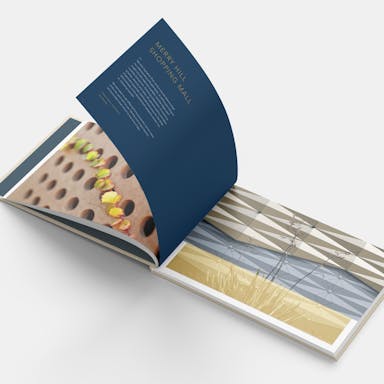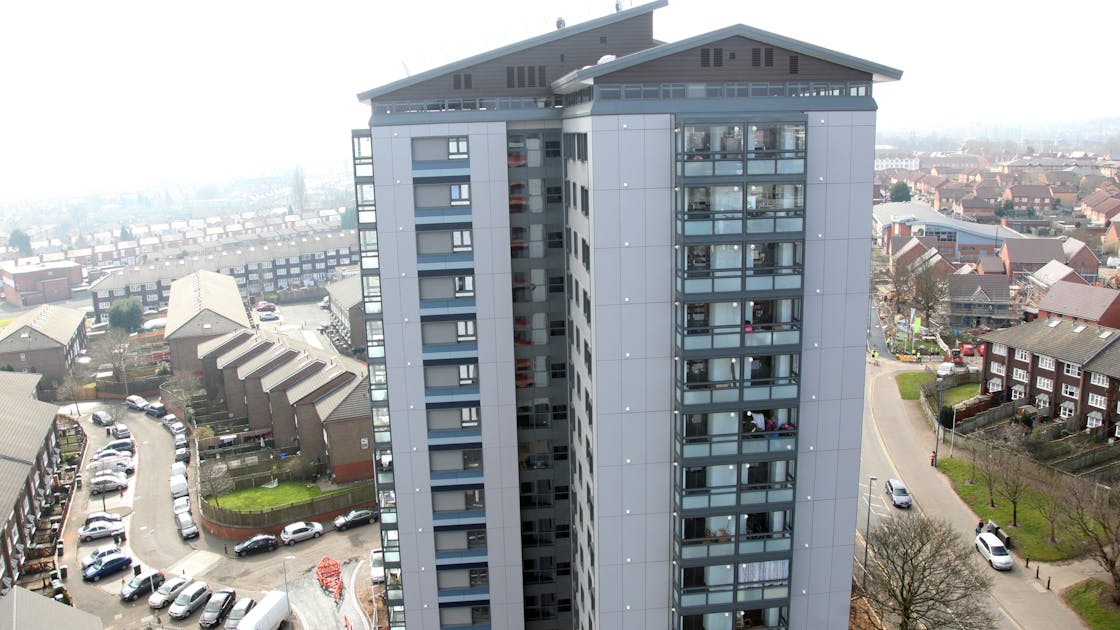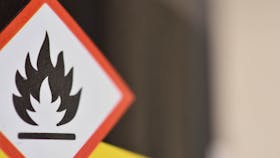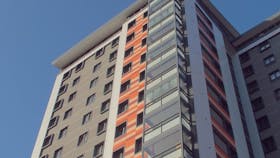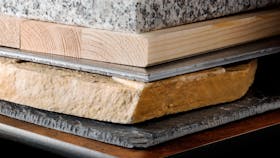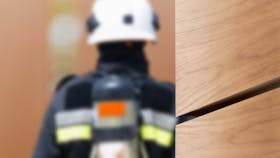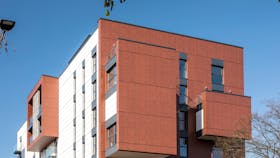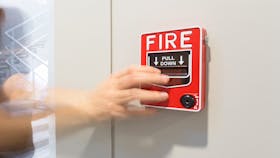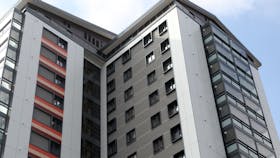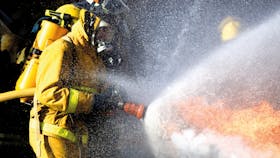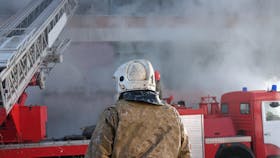Whilst fire testing and classification methods for individual products are harmonised in the EU, building regulations for an overall structure- including fire safety requirements – are the responsibility of each individual EU Member State. Hence, Member States determine their own fire safety level and use a mix of products that – used together – correspond to that level.
Depending on the building type and height, the requirements for the products used will vary. Because of the challenge of evacuation patients, a hospital will often have the strictest requirements. The taller the building, the more complicated it is to escape. High-rise buildings are therefore subject to stricter fire requirements than low-rise buildings or family homes.
Most European countries have requirements in their regulation or guidelines for the use of non-combustible materials (A1 or A2-s1, d0) for high rise and high risk buildings. Sometimes there are alternative routes via large scale testing to show compliance, nevertheless in almost all cases the application of non-combustible materials make that these expensive tests can be avoided and makes the engineering of the facade easier and less sensitive to risks (designing out the risk).




